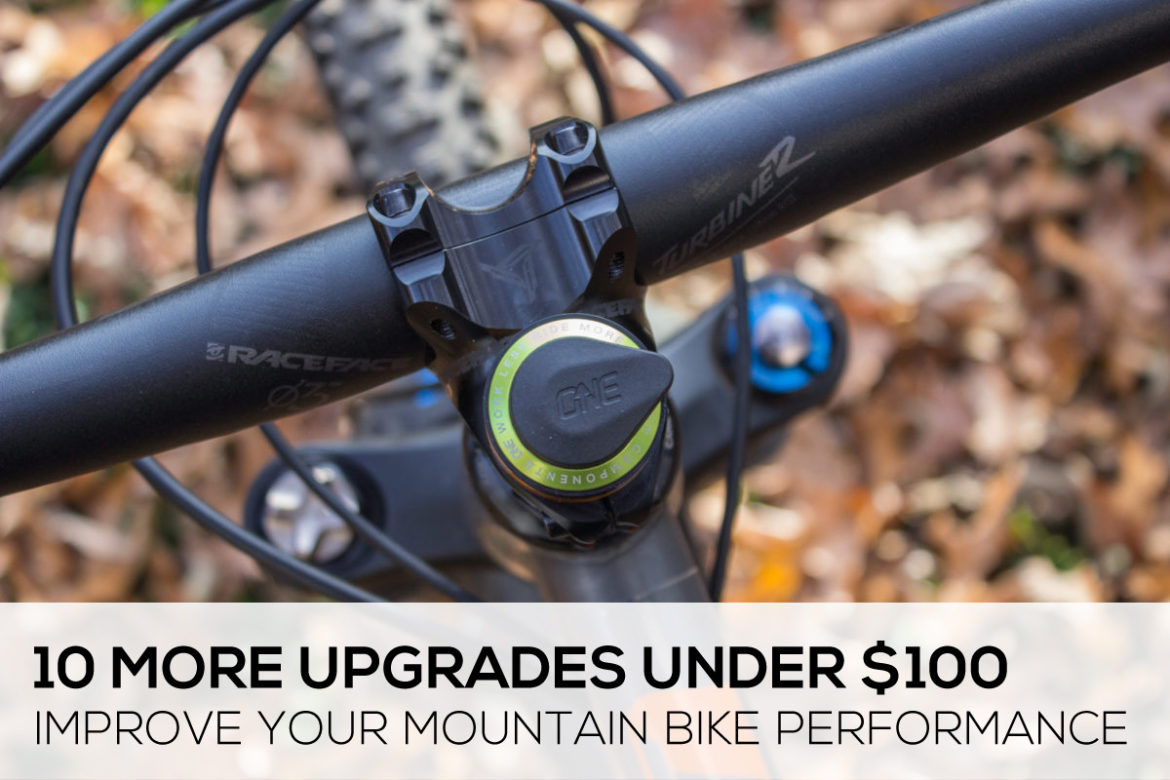
Mountain biking is expensive. Even if you get a great deal or go budget-friendly on a bike, mountain biking still has the potential to get expensive with maintenance, repairs, and upgrades.
Four years ago we recommended 10 easy MTB upgrades under $100. New tires, cockpit upgrades, chain guides, brake rotors, maintenance, and grips all made the list.
Well, we’ve got some more upgrades for you. If you’re low on cash or you’re just bored and want to throw a few low-cost parts and accessories on your ride, here are 10 more ideas, each under $100.
Tire Inserts
Upgrading to tubeless mountain bike tires allows riders to run lower air pressure for more traction without having to worry as much about pinch flats. However, cracked carbon and dented aluminum rims are more of a risk at lower tire pressures. So while upgrading to tubeless mountain bike tires can make them more reliable, there is still room for improvement.
Tire inserts are pretty new to the mountain bike scene. Brands like Huck Norris, Flat Tire Defender, and CushCore offer foam inserts that wrap around the rim and inside the tire to provide a buffer between the rim and the ground. This allows riders to enjoy the lower air pressures that tubeless affords, while minimizing worries about broken rims. Tire inserts also offer improved handling by minimizing the tire flop that’s common when cornering with high volume tires.
Huck Norris edges out similar brands for our list because the company offers two inserts for under $100, while others run $125-$150 for a set. A single Huck Norris insert weighs 85g and soaks up a little bit of sealant after installation, so you’ll have to use extra. But, extra weight is a reasonable price to pay for the ability to ride at lower air pressures without worrying about wheel damage.

Color Match
Although this isn’t a performance upgrade, you’ll certainly get some style points by upgrading items like bar end plugs, a seat clamp, stem top cap, and other small parts that match your bike’s primary or secondary color. You can usually find each part for less than $20 and will have fun in the process. A sharp looking bike can lead to greater confidence, which is always a good thing to have on the trail.

Frame and Component Protection
Frame guards from companies like All Mountain Style (AMS) and Zefal protect mountain bike frame finishes without taking away from the aesthetics. The guards run between $30 to $40 and come in a number of patterns and colors. Use a guard as another way to color match your mountain bike or go with a clear guard.
The AMS frame guards are made of a hard plastic, PVC material that will deflect rock strikes that threaten both paint and frame integrity. One set comes with a large guard for the downtube and smaller pieces for the chainstay and sections of the frame that may experience cable rub.

One more option to keep a mountain bike looking new is to put a set of crank boots on the crank arms. With bottom brackets as low as they are these days, it means that without a set of boots, crank arms will see more scratches than a vinyl record in a DJ booth. A pair of crank boots can usually be found for under $10.

New Dropper Post Remote

Dropper posts are regarded as one of the most revolutionary mountain bike products in years. They allow riders to keep their flow without stopping to adjust seat height, and have probably kept countless people from going over the bars while riding steep terrain.
As dropper technology has become more refined over the years, brands have released more ergonomical designs and have done away with their old levers.
On certain levers, like the ones included with KS Lev and Rock Shox Reverb posts, the rider is forced to bring their thumb above the handlebars to push a button or bring a lever down. Why is this a big deal? Most of the time, it’s not, but if you’re a racer and cherish time and efficiency, it might be. A more ergonomic dropper post remote can also improve control since it allows riders to keep a firm grip on the bars at all times.
Brands like Wolf Tooth and PNW Components offer upgrade options for dropper post levers that are easily accessible by thumb, under the handlebar. They work with most dropper posts. Kind Shock also has a $35 lever upgrade that will work with all of their droppers. Note that many of these upgrade levers are meant to be used with 1x drivetrain configurations in place of one of the shifters.
Stash Tools
The debut of the OneUp EDC (everyday carry) system at Sea Otter in 2017 got a lot of people talking. It was innovative, functional, and affordable. It allows mountain bikers to store a multi-tool with different tool bits, a tire lever, and a CO2 cartridge, all within a system that fits in a mountain bike fork steerer tube.
The EDC tool system costs $60, though buyers will need to take a few extra steps to make it work. In addition to the tool, buyers will need to pick up the OneUp EDC top cap, $25, for the tool kit to fit securely.
The top of the fork also needs to be tapped, which can be done at a local bike shop. For DiY enthusiasts, OneUp sells the tapping tool for $35.
Yes, with installation, this upgrade might break the $100 mark. However, the tool system and top cap can be had for $85. Look for stash tools from other companies like Topeak and All in Multitool.

Suspension Volume Spacers

Volume spacers are one of the most affordable performance solutions riders can get for their mountain bike. Individual spacers for Fox forks can be found at two bucks a pop, and others are similarly priced. Despite the low cost, spacers can make a dramatic difference in suspension feel and performance.
Heavier riders might find themselves wanting to use these spacers after riding their factory-tuned suspension and finding that it feels too “linear.” That is, they’re using too much of their suspension at a time. Lighter, aggressive riders might be interested in a different suspension feel too. A volume spacer will help in both cases.
Spacers can give a fork or rear shock a more “progressive” feel, meaning that through the stroke the shock will get harder to compress when it nears the end of its travel. This allows riders to soak up small- and medium-sized bumps, saving the rest of the travel for the big drop or jump at the end.
Larger Gear Range

We’d hate for this to turn into a lengthy ad for OneUp, but they have quite a bit of innovative and affordable products. For example, you can replace the stock granny gear on your Shimano or SRAM cassette with one from OneUp and increase, or adjust the range on it.
A SRAM-compatible sprocket can take you from the stock 42 tooth gear to a 44 tooth.
A Shimano cassette, which does come in a 11-46 tooth option, can be taken down to a 45 tooth option with a OneUp gear. Why would you want to do this? Well, OneUp says that it’s a serious jump from a 37 tooth to a 46 tooth on a stock Shimano cassette. With OneUp’s configuration, it takes away one tooth in the granny gear, and reduces the 9 tooth jump to a 5 tooth jump for smoother shifting.
OneUp also makes a larger ring for 10-speed cassettes for more range that Singletracks reviewed in 2014. Prices vary from $80 – $90 for all of their options.
An Oval Chainring

Oval chainrings promise smoother and better power transfer from rider to the drivetrain to the ground, which can help with traction and overall comfort. Singletracks reviewed the Absolute Black oval chainring back in 2016 and our tester was happy with it. Prices for oval chainrings are generally in the $65 ballpark.
A Lighter Chain
Chains have a great upgrade potential also. With an increase in price, chains get lighter, are stronger, and often last longer. Plus, a lighter chain sheds rotational weight, which is the best kind of weight to shed. The best part is that a top-notch chain will probably come in under $100. A SRAM XX1 Eagle 12-speed chain retails in the $80-$90 range and Shimano’s new XTR 12-speed chain is expected to retail for about $65.

A Frame Bag
Frame bags take weight off the rider’s back and puts it on the bike. Hey, it’s gotta go somewhere, right? For things like tools, an extra tube, and tire levers, it’s almost always more comfortable to store these items away on the bike somewhere. Frame bags come in all shapes and sizes these days, and if you can’t find one that’ll fit your bike, you can easily find a custom frame bag builder.
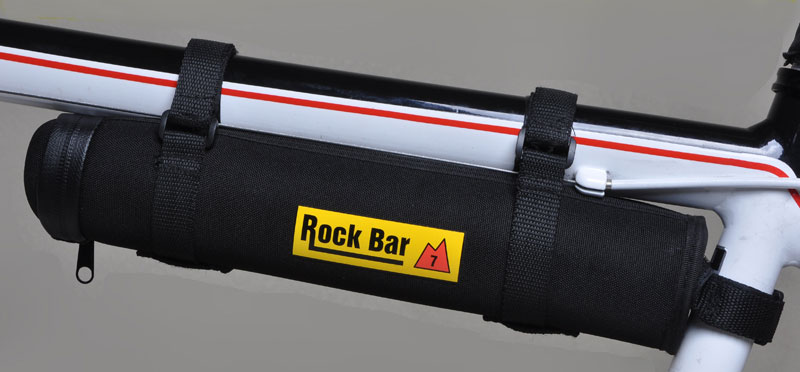
We wrote about Rock Bar’s new storage bags that can be mounted on a top or down tube, on the handlebars, or on a fork leg — pretty much anywhere on a bike. Rock Bar bags start at $30.
Even though we’ve covered a total of 20 upgrades for under $100, there are certainly more out there. Which low-cost upgrades, maintenance, or parts have you found offer the most bang-for-the-buck?












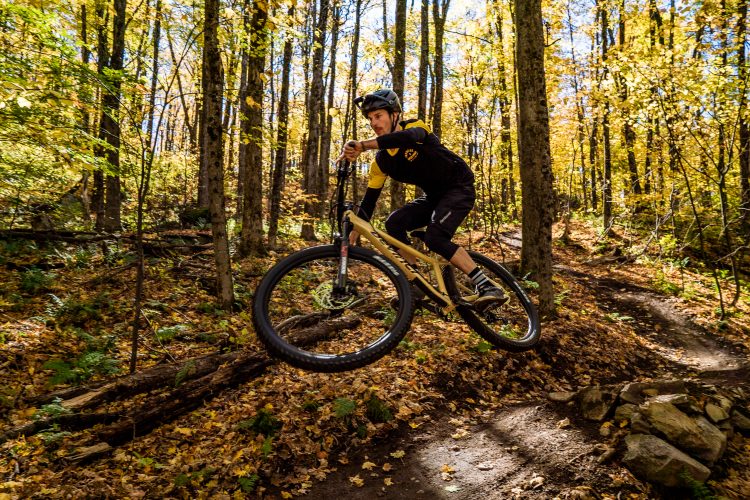



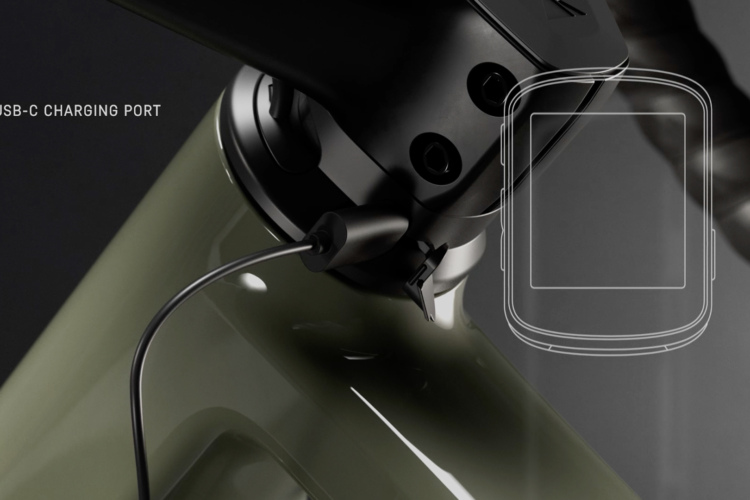
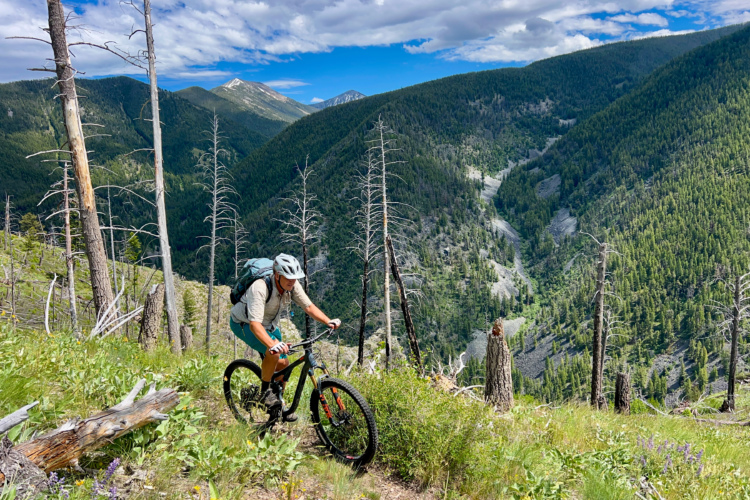



2 Comments
Sep 25, 2018
Jun 21, 2018
A typical 110 link chain will take 3 full rotations of the cranks on a 32t crankset to turn once.
100$ eagle chain : 250 grams
30$ gx eagle c hain : 285 grams
So you're telling people to spend 70$ to save 35 grams of "rotational weight" that spins at around one rotation per two seconds.
I'd invite you to back up this claim as well :
"With an increase in price, chains get lighter, are stronger, and often last longer."